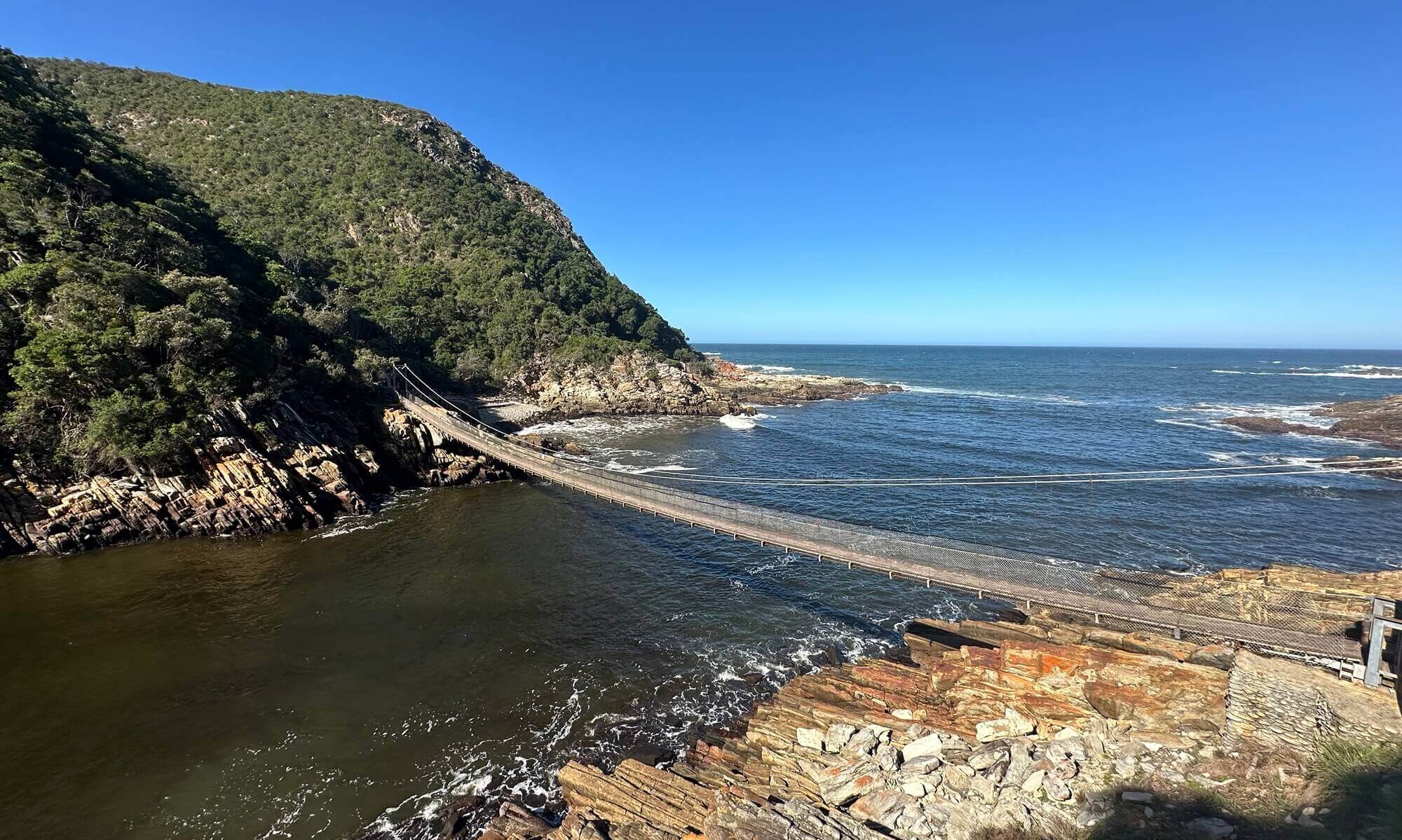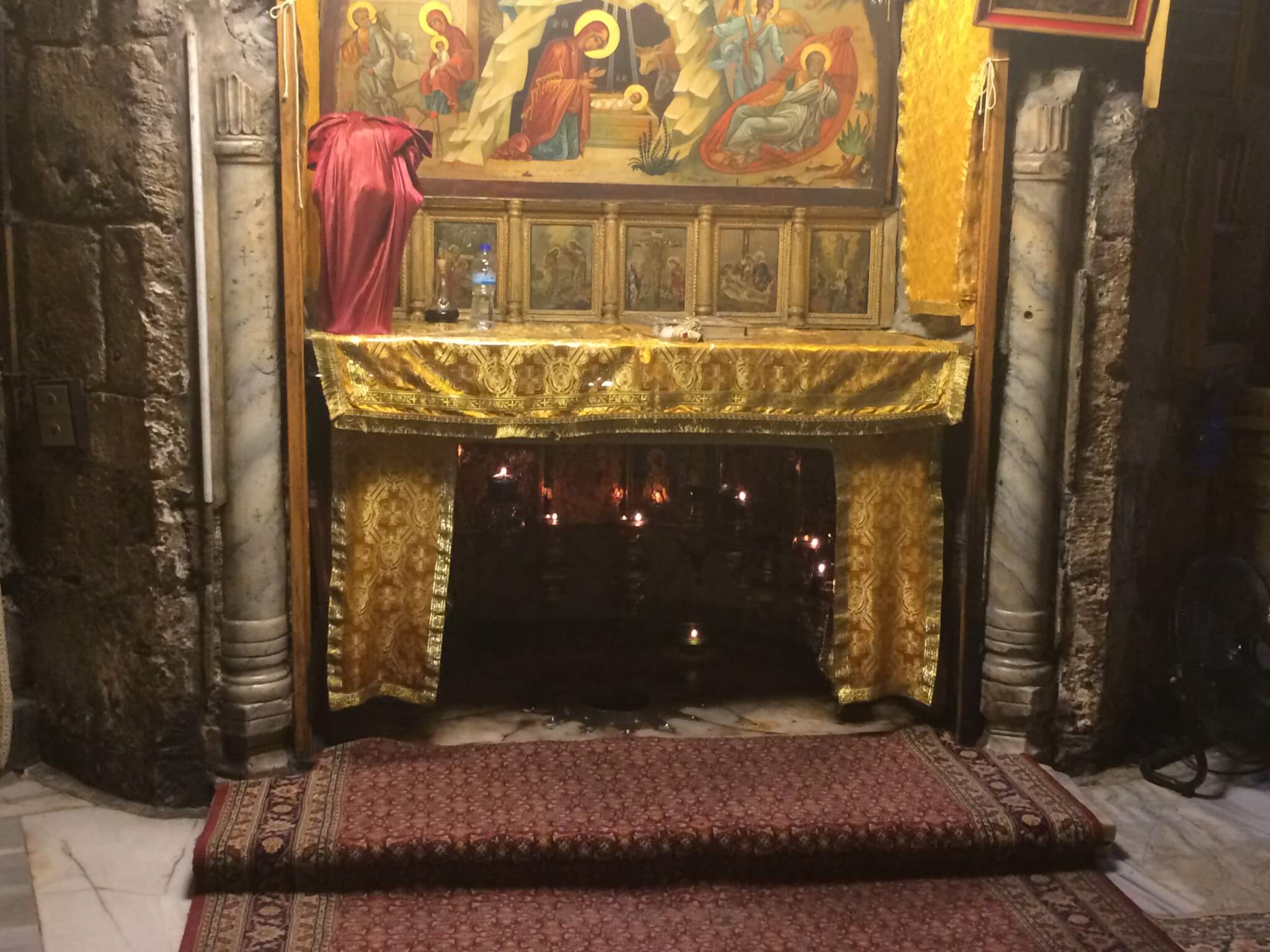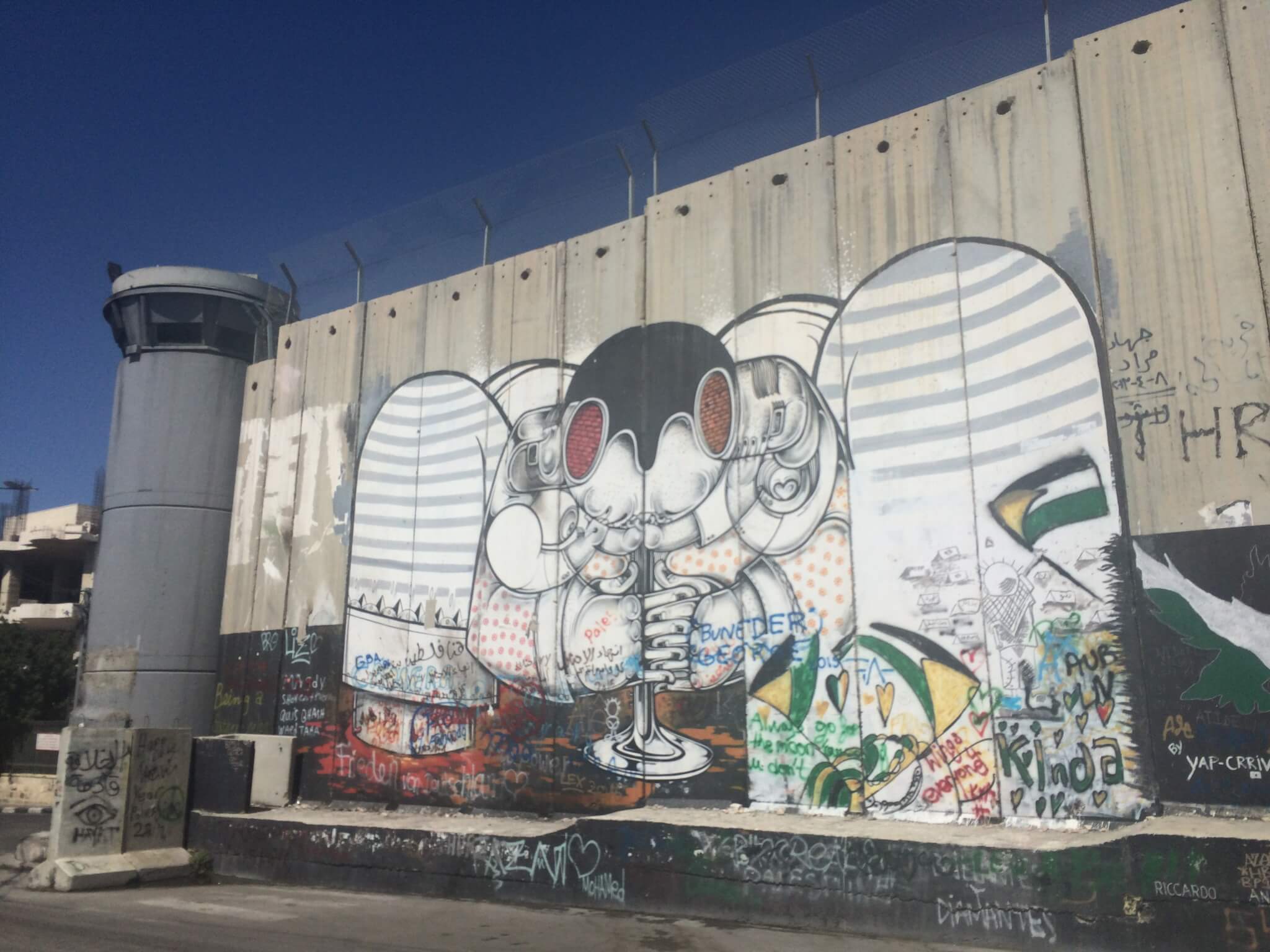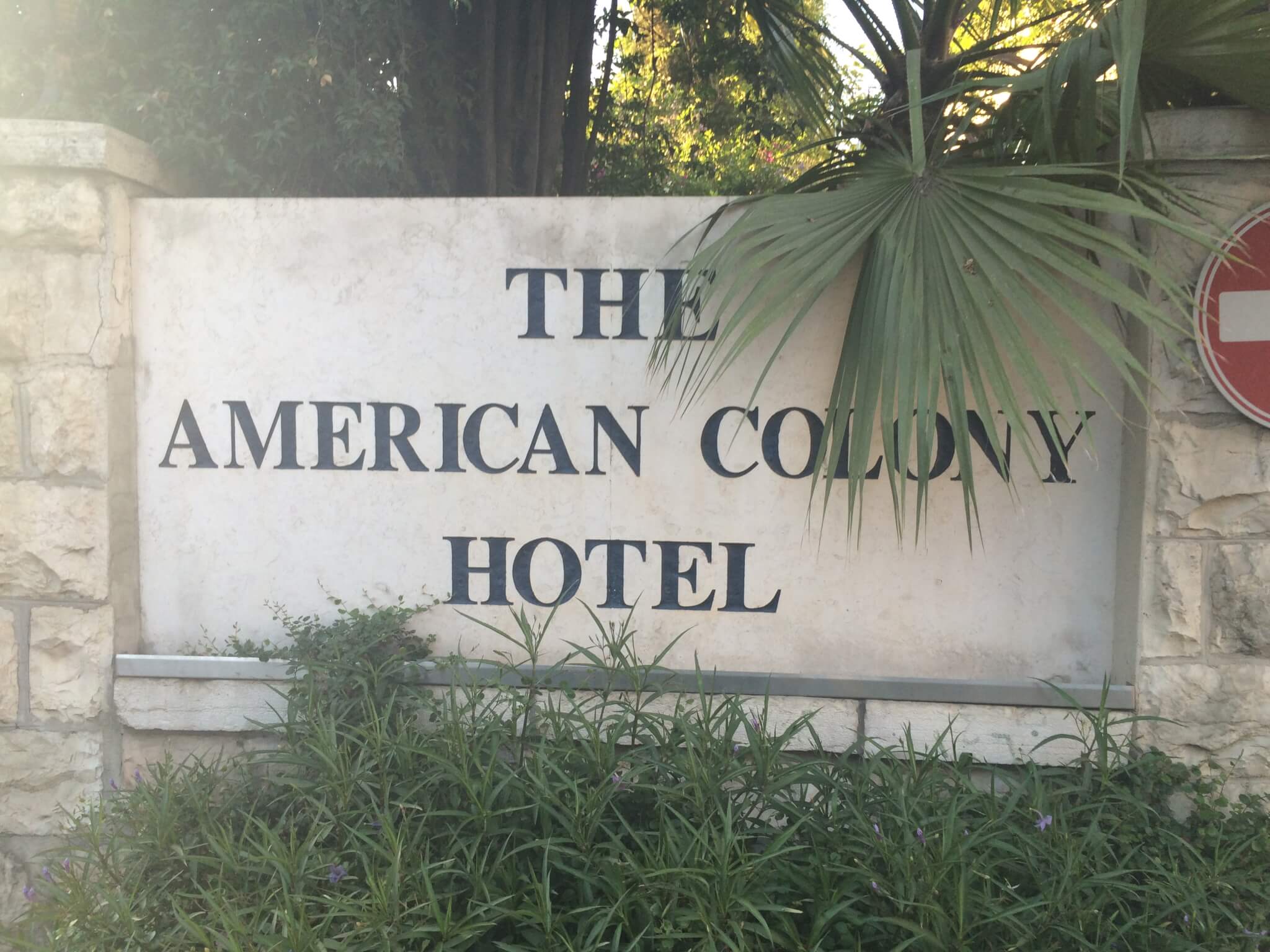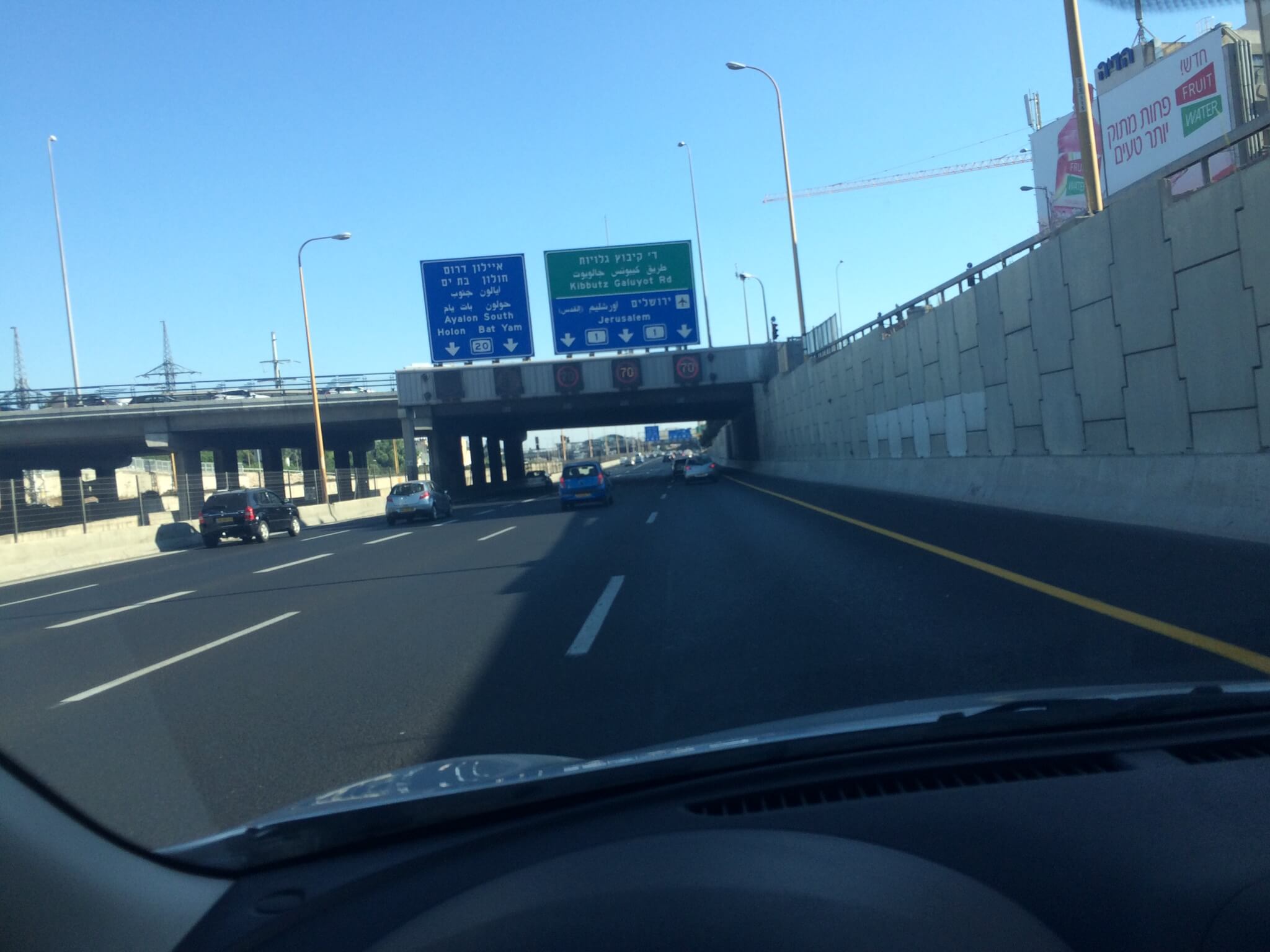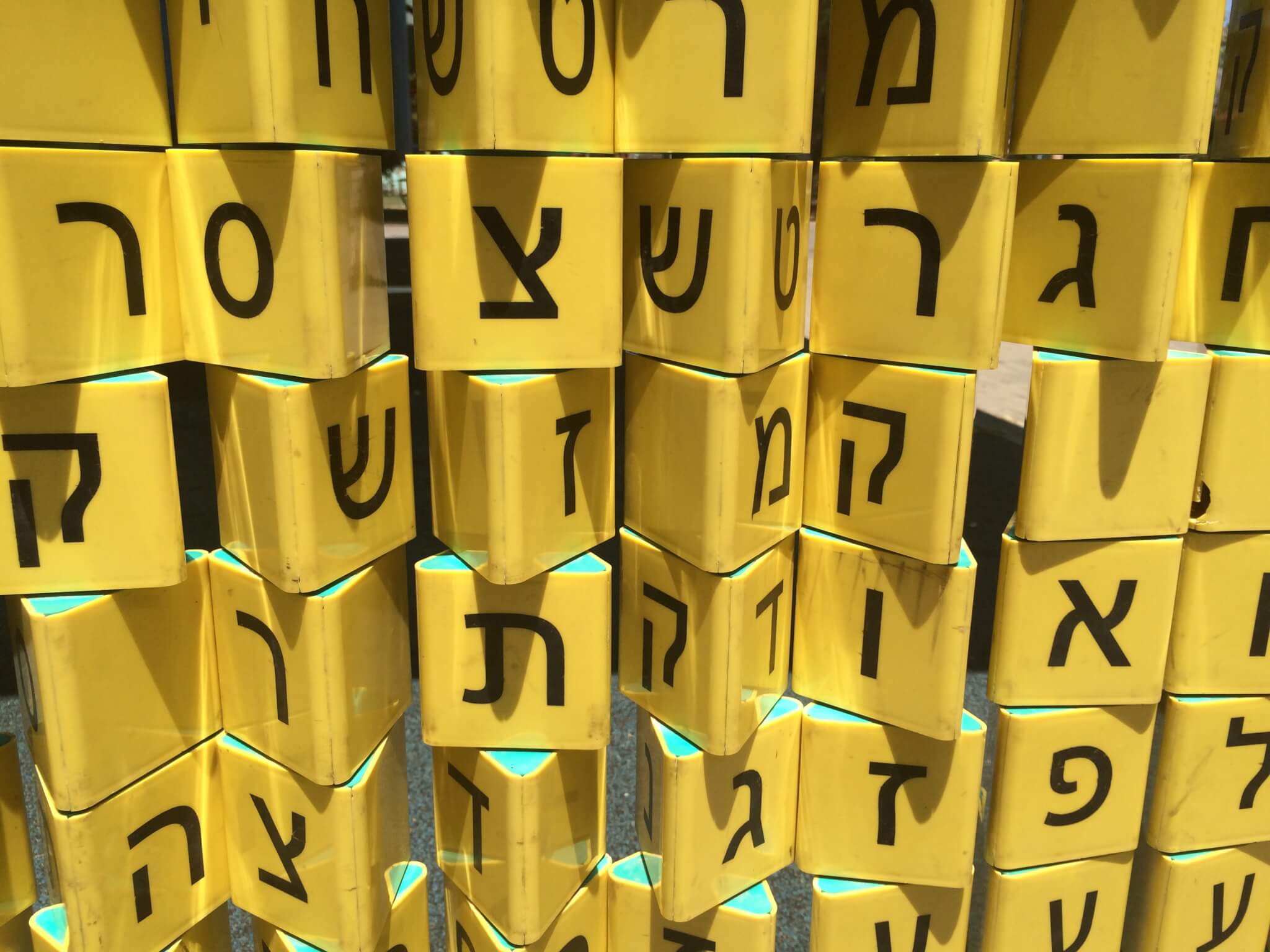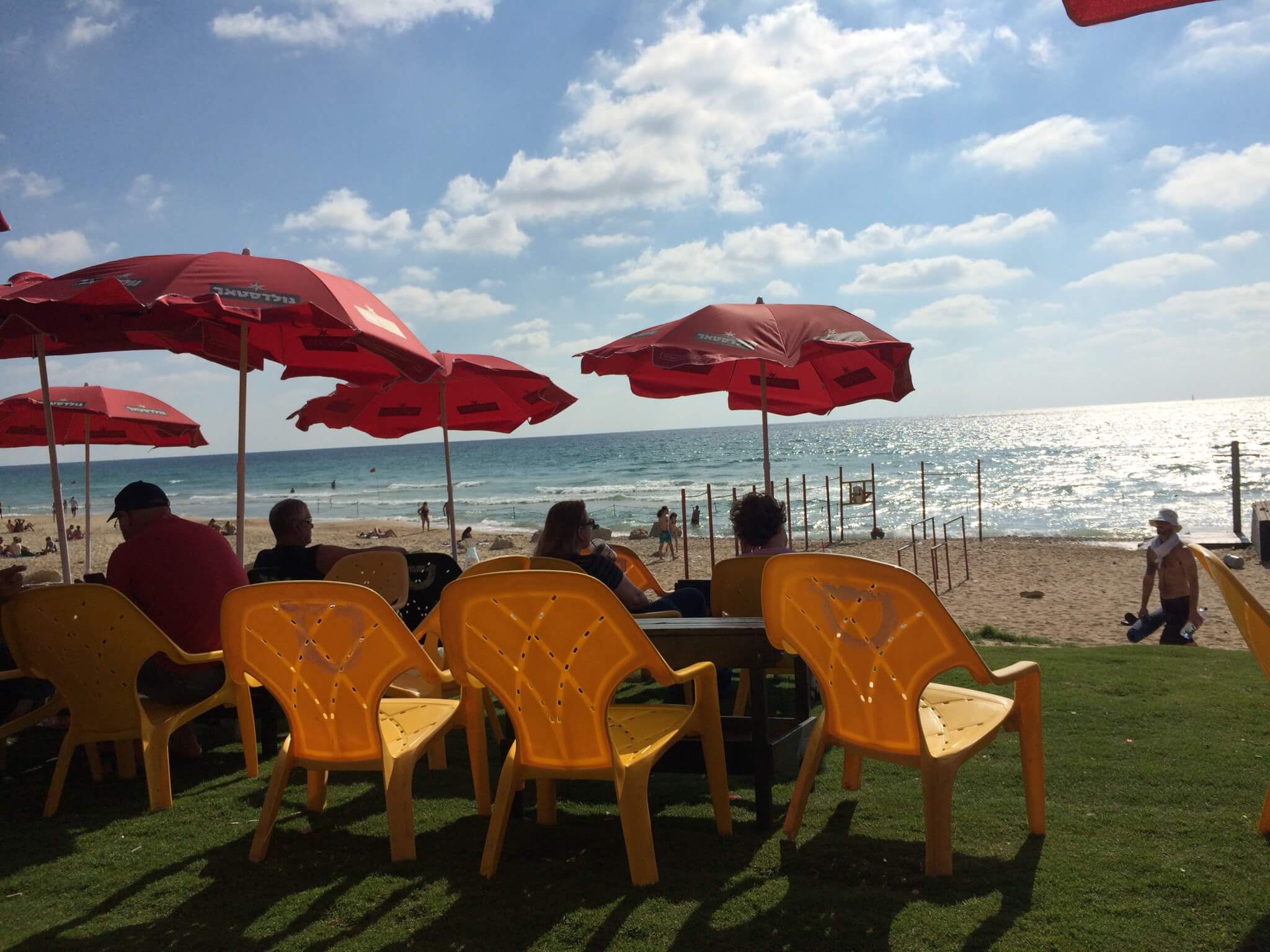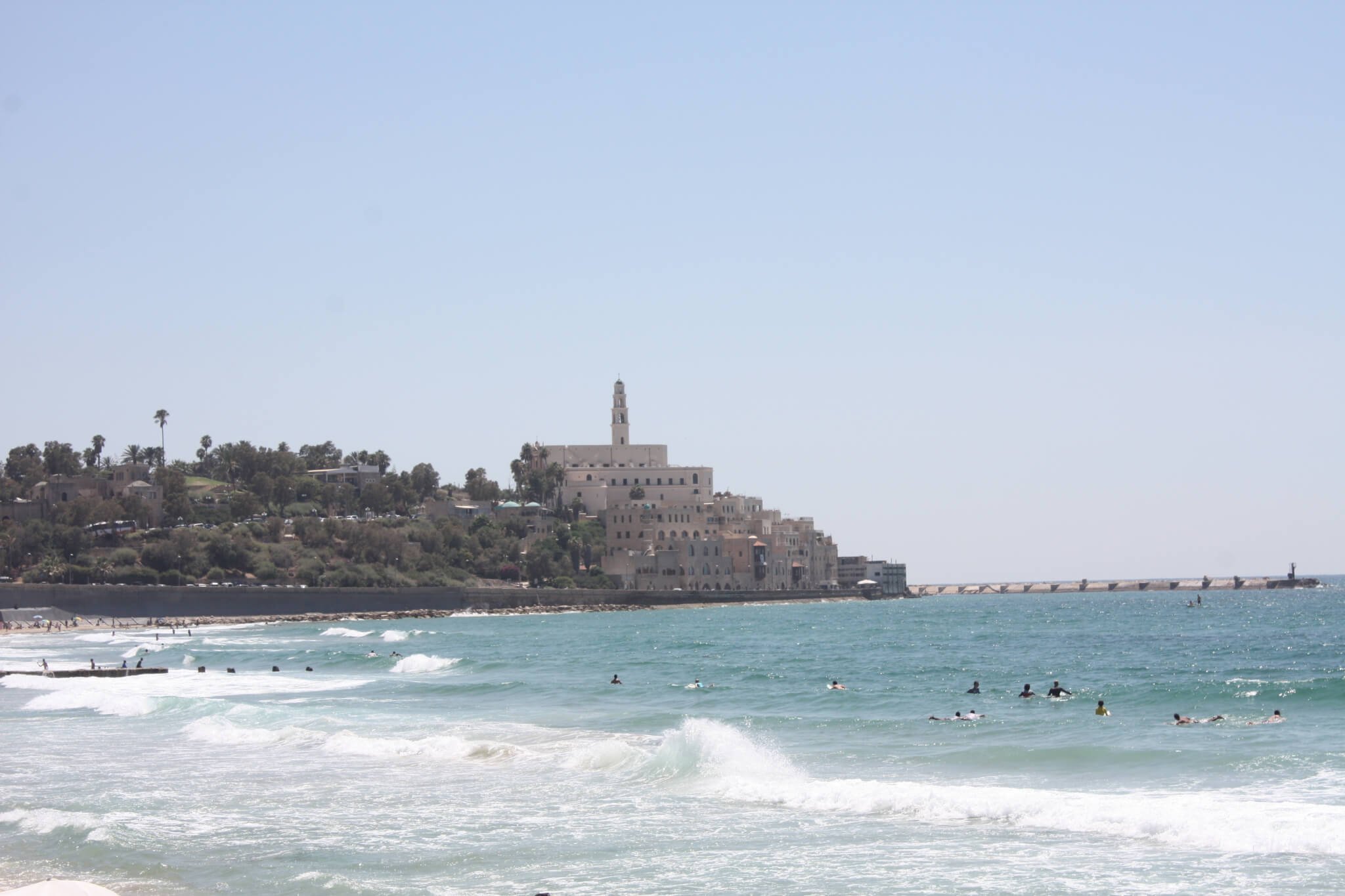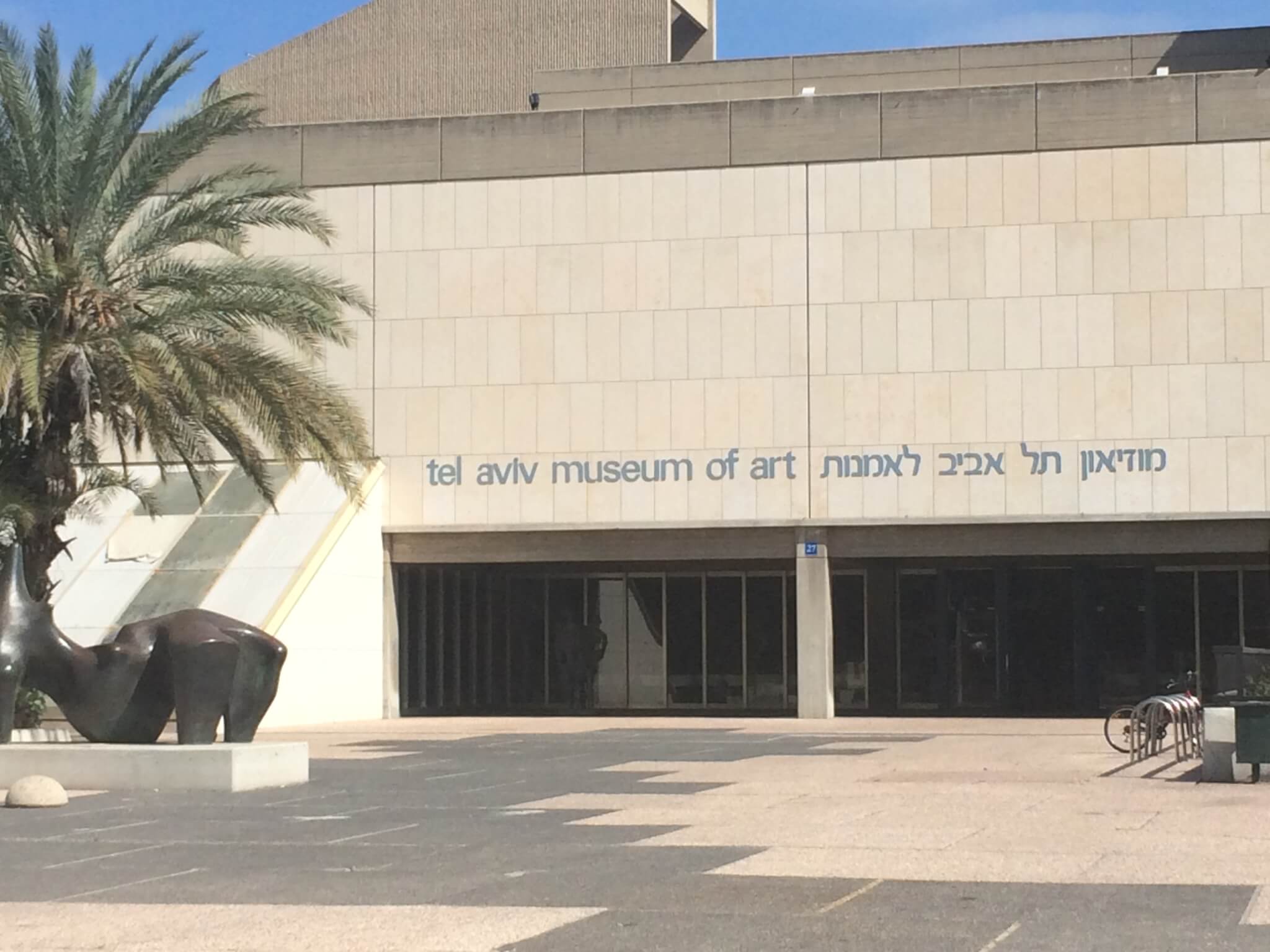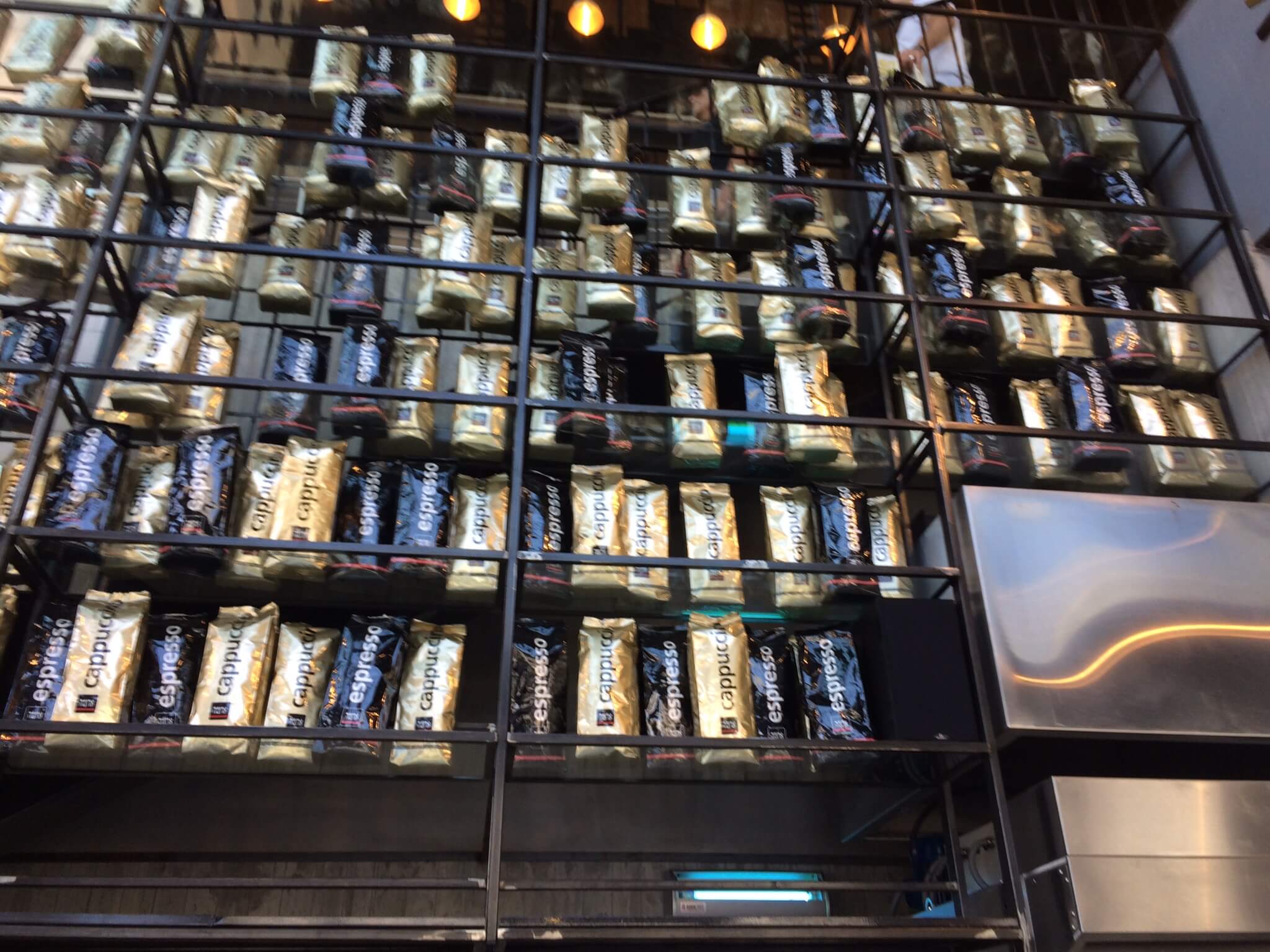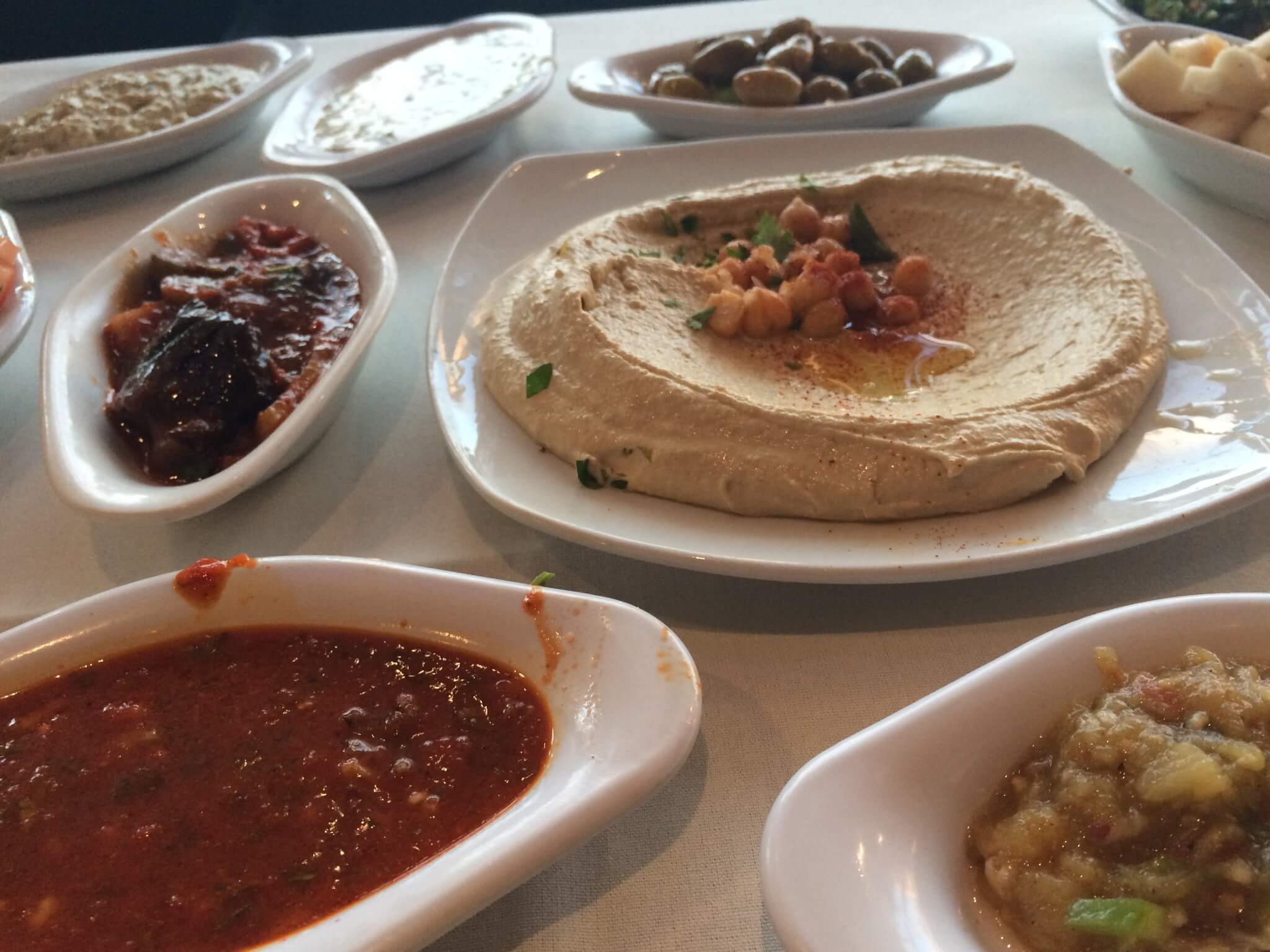According to the Bible Jesus was born in Bethlehem, now belonging to the Palestinian autonomy area in the Westbank. The place now marked as the birthplace has already been used from the 2nd century CE on. You can enter the Church of Nativity through a 1.20m high door – making every visitor bow down.
Continue reading “Church of the Nativity”Checkpoint 300
If you want to go to Bethlehem from Jerusalem, you can simply watch out for a Palestinian taxi at the Damascus gate. Or if you are travelling by rental car you can enter the most important border crossing into your GPS: checkpoint 300. At this point you can park your car and get via taxi to the town – but be sure to negotiate the price before the ride.
Continue reading “Checkpoint 300”The American Colony Hotel
It is not a luxury hotel, it is a legend: The American Colony hotel in Jerusalem, only a ten minute walk away from the old town and a safe harbour and second home for travellers. It was founded because the grandfather of Sir Peter Ustinov, Baron Plato Grigorjewitsch Ustinow, was not fond of the Osman hotels where he had to stay during his visits to Jerusalem. Later, Graham Green, Richard Gere and Winston Churchill stayed at the American Colony. And it was also the place where T. E. Lawrence told his story about Lawrence of Arabia to a journalist.
Continue reading “The American Colony Hotel”Driving to Jerusalem
The motorway network of Israel is in really good condition. Driving from Tel Aviv-Yafo to Jerusalem needs 45 minutes from city center to city center. All road signs are in Hebrew, Arabic and English and there is only one toll road: number 6 leading along the Westbank from south to north. My car was registred for this service, I could simply drive through and was billed afterwards.
Being analphabet (again)
Going to a country where a language with an own alphabet is used is always fun for me – because it is often a challenge and you have to learn like a child again. In Israel, Hebrew (Ivrit) is the official language, though a lot of Arabic is spoken. Most signs are trilingual (Hebrew, Arabic, English) and a lot of people speak English. And if not: there is always someone immediatly starting to translate if you seem to be in need.
Bay mir bistu sheyn
When listening carefully you might find an ancient language in Israel: Jiddish. The cuteness of this language might only be obvious to German speaking persons, because it is a very old derivate of our language. But nowadays some Jiddish words have already found their way into everyday English, especially in New York.
Rescuing Andromeda
Tel Aviv is a very modern, western city. It is much more hedonistic and less religious then the rest of the country – but it also seems to be missing an ancient city center. In fact the name of the town is Tel Aviv-Yafo, its second part refering to the old town Jaffa being the germ cell of the city. Tel Aviv itself was built later on by settlers, dividing the land by plan to create a new town.
Tel Aviv Museum of Art
The Tel Aviv Museum of Art is wonderful art museum consisting of two buildings: the old museum from 1971 housing sponsored galleries and changing exhibitions (showing the views of different photographers on Israel and Palestine during my stay) and a fantastic new building with futuristic architecture.
Continue reading “Tel Aviv Museum of Art”Aroma coffee
A Tel Aviv-based coffee chain, ready to get you ready again for roaming this beautiful neighborhood. Get yourself a coffee and a croissant and look at the people passing by. The Sderot Rothschild includes the independence hall (where David Ben-Gurion announced the establishment of the state of Israel), a lot of bars and restaurants and a green alley to escape from the sun.
Continue reading “Aroma coffee”The White Pergola
If you’re at the shore of Israel, you definitly need to taste some seafood. A very good place for this is the old harbour of Tel Aviv-Yafo. It has been transformed into an area with lots of restaurants and is very vivid in the evening hours. A nice restaurant is The White Pergola (Hasuka Halevana) at the old port basin.
Continue reading “The White Pergola”